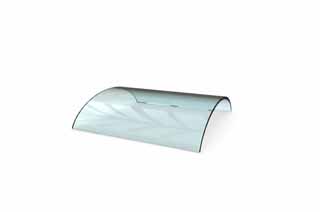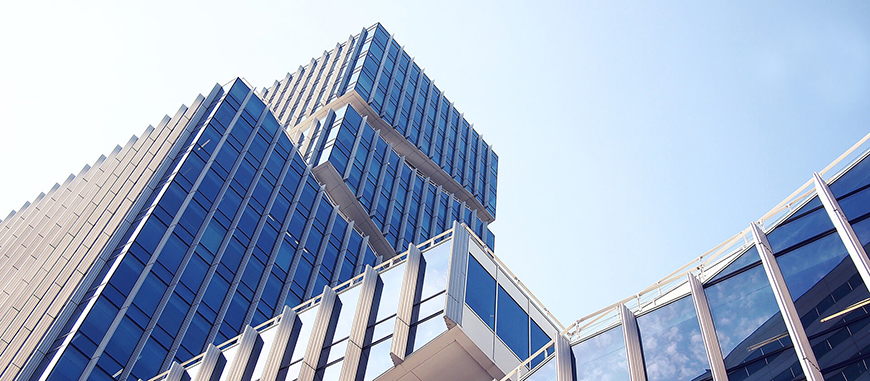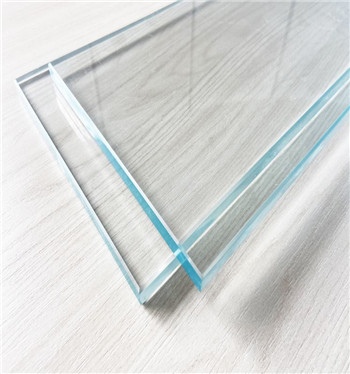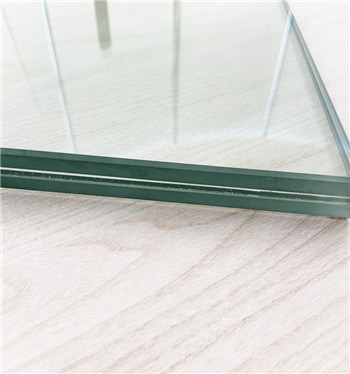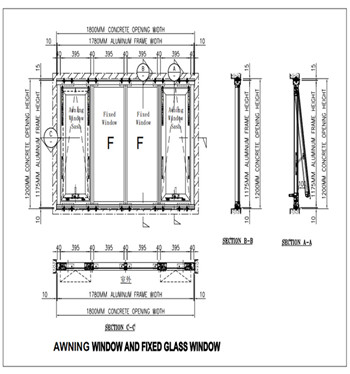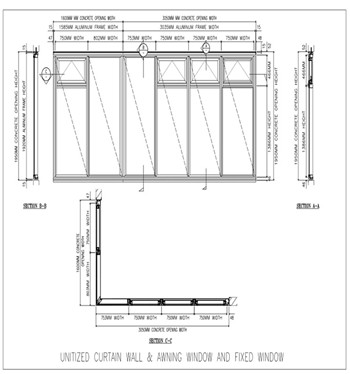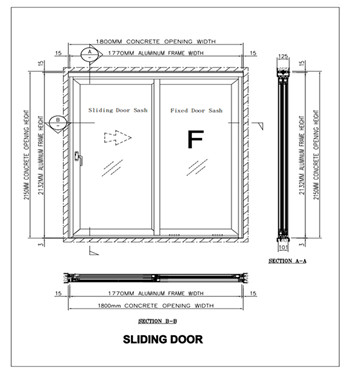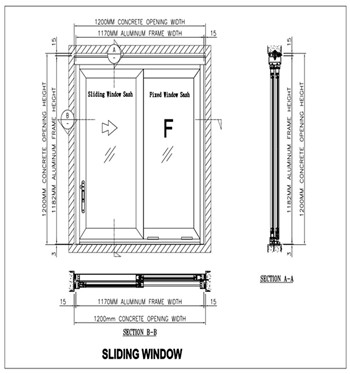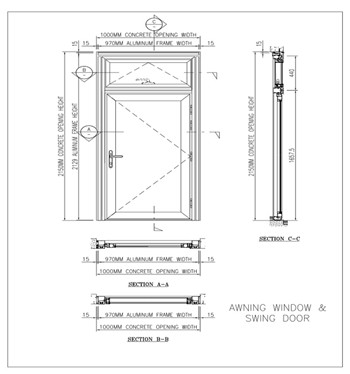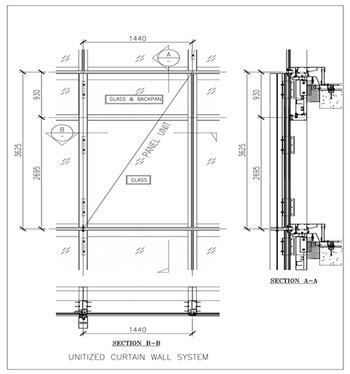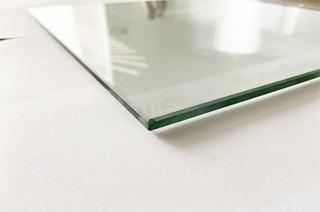The earliest appearance of ordinary glass in the history of glass was ordinary glass. For the appearance and invention of ordinary glass, people didn't think it was of any use at first. It was only used as a vessel and vase. Gradually, everyone discovered the advantages of glass, first as a window in the home. People find that glass can block the wind, and because the glass is transparent, it does not block the light. In the daytime, the inside of the house is as bright as the outside, and in winter, the outside cold wind cannot blow in. Therefore, many people use glass as windows. . Later, everyone discovered that glass can also be made into a lot of handicrafts, which are both simple and beautiful. Gradually, the multi-faceted effects of glass have been discovered by everyone. Now, glass is not only used in life, but also in industry, and it has become indispensable. A kind of supplies and materials.
Ordinary glass is also used by some customers and merchants because of its low cost. However, ordinary glass products have poor temperature resistance and are susceptible to bursts due to changes in temperature differences. They have low impact resistance and will break upon a slight collision. Ordinary glass will break when it is broken. , There will be splashes. If there is someone standing next to it, it is easy to hurt people, and ordinary glass fragments have edges and corners, and it is easy to hurt your hands when they are cleaned up. Especially when there are ignorant children in the family, the children will pick up these fragments. It is easy to hurt children.
Glass manufacturers realized the shortcomings of ordinary glass and developed and produced toughened glass. Nowadays, automobiles and most household items use tempered glass. Toughened glass is treated with special processes such as high temperature. The strength is about 5 times stronger than ordinary glass, the bending strength is 3 to 5 times that of ordinary glass, and the impact strength is ordinary glass. It is 5-10 times higher than that, the strength is improved, and safety is also improved. After being broken, it will break into uniform small particles without sharp corners. Therefore, there is basically no harm to people, and it is convenient to pack. Some manufacturers use tempered glass with impurities or inadequate processing for profit. Therefore, the same is tempered glass, but there are differences in quality. Inferior tempered glass is not strong against impact and is easy to explode.
How to distinguish between the toughened glass and ordinary glass
1. General toughened glass is marked with tempering marks, in English, or factory name, and horizontal tempering marks are tempered at high temperature. The tempering mark is printed by high-temperature ink on the glass through screen printing. During the glass tempering process, the high-temperature ink is fused with the glass surface. If the tempering mark is not wiped with hydrofluoric acid, it will not be removed (even if hydrofluoric acid is used, it will remain More obvious traces below). Therefore, the easiest way to see whether the glass is toughened is to put a toughened mark on it.
2. The flatness of toughened glass is worse than that of ordinary glass, because the tempered glass will be red after baking at 600-700 degrees, and then it will be cold. Tempered glass is usually a little bend and it is difficult to see clearly when you use it.
There is a gap in the middle, which is toughened glass. No gaps are ordinary glass.
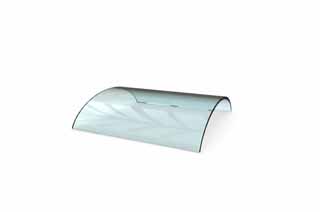
3. Hardness. The hardness of toughened glass is 5-10 times that of ordinary glass. Toughened glass breaks into a granular shape and is not easy to hurt people, while ordinary glass breaks are fast and sharp and easy to hurt people. Tempered glass is not fragile, while the ordinary glass is fragile.
4. The light transmittance distinction. After the glass has been heated to a high temperature, the temperature drops sharply. Tension and stress are generated on the surface of the glass and inside the glass. The glossiness of the tempered glass surface is affected to varying degrees.
We are toughened glass suppliers. Please feel free to contact us.
